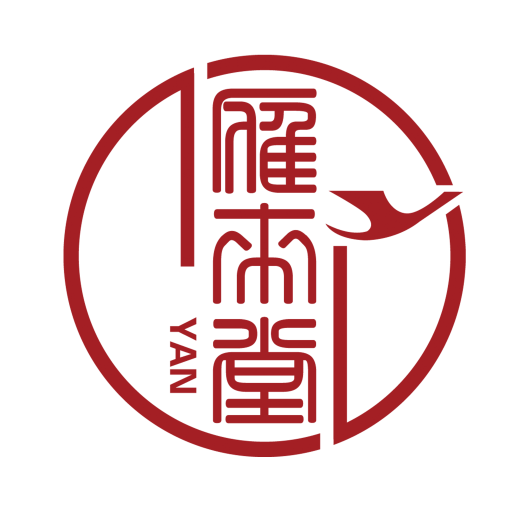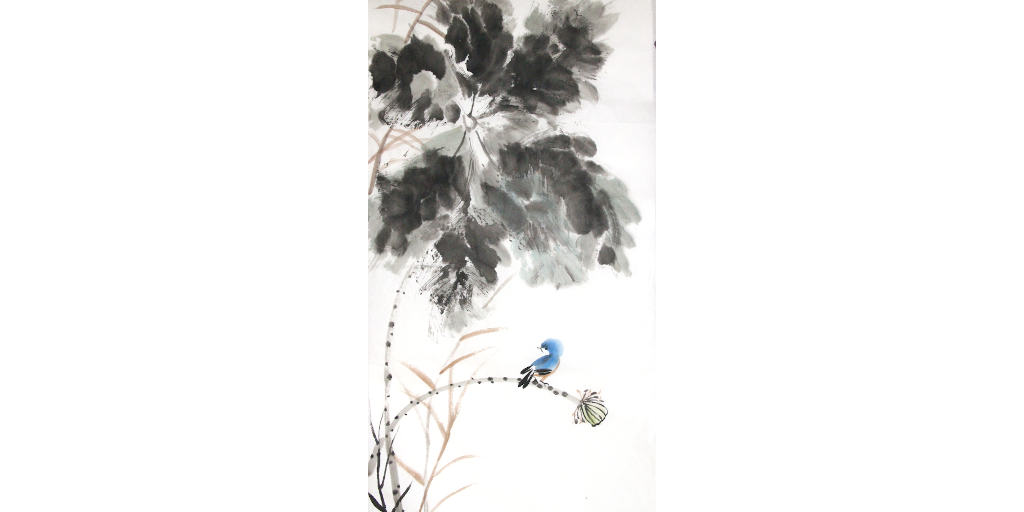
Traditional Chinese Painting – Birds
Background
In the dusky sky before sundown a flight of long tailed swallows darts back and forth above their haunt of weeping willow, their distinctive pointed tails and tips of wings tracing agile movements.
Besides the green waters of the lake a single kingfisher angles her long beak as she eyes a group of insects flitting above the steamy water surface.
Predating our history by millions of years these feathered animals have spectated ice-ages that have spanned western Europe, flown across seas that are now land and waded on clear shallow river banks where sun now bakes dry great dunes of yellow sand.
In traditional Chinese painting they have adorned the “bird and flower” painting series with their diverse forms of movement enriching and transforming works almost as if for their lack of presence the work would be incomplete.
A species arrived long before the first people started to record their environment through sketching and carving on medium of art, birds in many species and form have become one of the earliest and widely known styles of free hand “bird and flower” Chinese painting.
Birds in Chinese painting
Luckily to be frequented with many colourful and exotic species of bird, China of past and present is gifted with such beautiful species as yellow turtle dove perched on treetop, colourful hoopoe of mixed grassland and flights of pigeons of various colour and sort found among beautiful flowering tree.
Where Chinese painting is considered a artful representation of nature then just as important as learning the form and movement of the subject is studying how the subject is naturally connected to the scene.
Magpie perched among peach blossom or a flock of sparrow seeking nest for the night, matching the preferences of the species to it’s haunt and likely habitat or how it’s social habits are manifested in terms of grouping and form are common themes in painting literature.
Kingfishers are often draw poised on stem of water side lotus leaf naturally placing plant habitat and bird preference together while the famous mandarin duck swims in the shaded water below the great wide leaves.
Clutches of quail perched away from tree on rock and other low terrain feature suited to their limited flying nature, black crowned myna bird grouped together upon ample broadleaf tree matching their social preference to congregate in number.
Colours of work are also matched to the species of bird such as the striking white feathers of magpie set against white plum blossom flower while the gold throat of the yellow tit is sometimes seen matched to yellowing autumnal leaves.
Exotic birds such as the paradise flycatcher and it’s long elegant tail are given great reverence in traditional painting, perched upon white blossom tree the birds often appear as loving couples and more so a centre piece of the work than some smaller bird species.
Brilliant peacocks with their stunning decorated tail feathers, radiant colouring and head plume are likewise central parts of any picture wide enough to encompass their grandiose visage in these paintings flowering plants and leaf rather act as supplements of colour complimenting the greater composition of the picture.

Movement of birds in Chinese painting
Of diverse plumage and colouring, personality and habitat birds are numerous in species and with character that to each has it’s own special characteristic. It is these traits and personalities that are teased out through study and practice, matching the form of the bird to that which is painted with both arguably conveying a little of the traits of the painter who creates it.
In all Chinese painting forms the environment is captured with an essence of movement – perhaps the swifter stroke of the large free hand techniques deftly captures the movement of the moment while the smaller strokes of small free hand style delicately capture the small motions implicit to every detail of feather and wing.

Chinese texts state the bird is drawn as an amalgam of two circles of smaller head and larger body that join together to form a shape not dissimilar to an eggplant but based on the relative spatial position of the circles dynamically convey the posture of movement for the whole form – which varies considerably based on the present state and expected movement of the animal.
After the posture and movement of the bird are captured from the form of the body drawn from body to head, further locomotion cues are radiated out with wings expressing large amounts of dynamic motion followed by expressive tail then smaller suggestive legs.
On the ground perched inquisitively looking at the horizon or something in the scene – perhaps another bird – or intently looking at that below or even behind it the bird will often hold it’s wings close to it’s body.
When hopping along the ground the tail carries intention held upwards and while ready for flight it will fan out and downward.
In flight the bird exhibits great movement through it’s body form while wings open outward away from the body and legs tuck away underneath.
About to land the tail fans out as a wing while legs stretch out ready to grasp the ground and wings sweep back and out.

Specific details of birds in painting
Birds are an expressive and emotive animal who have evolved to take advantage of environmental niches that are specialised and fully encompass their world where their adaptions to the natural world over millions of years have shaped everything from their personalities to their body shapes.
When painting birds care is taken to convey the unique form of the bird that has come from it’s evolution.
Haw-finches that eat harder seeds and nuts have larger rounded beaks from rounded strong heads and expressive open eyes.
Some birds eat insects from tree leaves and foliage utilising sharp small beaks such as the great tit and sparrow both of whom have also have smaller heads while those that eat insects from grassland have wider flat bills such as hoopoe and kingfisher who conversely have longer sleeker heads shapes.
In Chinese painting bills and beaks are some of the finer details of the bird, stemming from the tip of the bill successively shorter curved lines first trace the mouth then upper and lower parts of the bill, though often captured closed some paintings do convey birds with open beaks – seen in flocks of bird in cacophony of chorus or a lone bird in song to a not so distant mate.
Expressive tails usually shorter in number of stroke required are often conversely matched to size of beak and head where longer plumes of feathers are associated to smaller bills and vice versa shorter tails with longer bills are more common.
Of our short article I have prepared several of our own artist’s presently available drawings of birds of which some are available in our own art gallery, though many more “bird and flower” scenes are searchable online covering great masters works both past and present of many forms of this beautiful animal species.
Though at first glance the works of Chinese painters free hand scenes may tend towards romantic with inspection of the accuracy to detail of how the bird is seen to be in the natural world these paintings can be considered a artistic portrait of the natural world capturing not just the beauty of a single animal but the interplay of it’s connection to the incredible world within which it lives.

